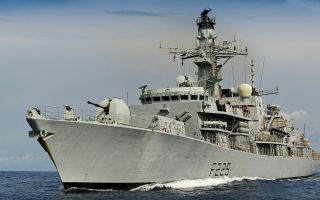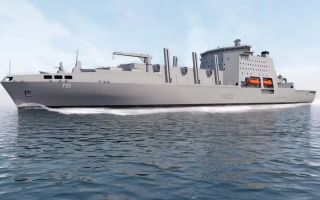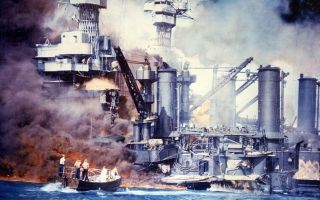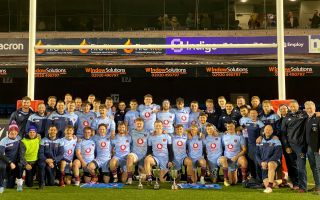Tri-Service
HMS Scott Sheds Light On Wonders Of The Deep
HMS Scott has shed light on the wonders of the deep after surveying the mid-Atlantic.
Scanning the floor of the Atlantic between the Azores and the Eastern Seaboard of the United States, the hydrographic team on board found a never-before-seen canyon one kilometre deep, a volcano towering 800 metres, an underwater river and a peak rising 2,000 metres from the sea bed (see above).
It took Scott 36 hours to gather the readings from the canyon area alone – then another 36 hours for her suite of powerful computers to turn those reams of data into stunning 3D imagery. Lt Paul ‘Shady’ Lane, the ship’s operations officer, said:
“It’s always exciting to see something that no one else has ever seen before, especially for many of the newly-qualified sailors onboard who are conducting their first survey”.
“It’s exhilarating to know that with all the satellites, GPS and modern technology there is still so much undiscovered.”
It's the Devonport-based research ship's first mission in nearly two years - she's been out of action since the autumn of 2013 as she underwent the most extensive revamp in her 17-year career.
Since returning to sea in April Scott has undergone extensive training before heading out to begin gather information about the depths of the ocean.
An underwater volcano was among the discoveries
Scott, the largest of the five vessels in the Royal Navy’s hydrographic squadron, typically spends the summer in the Atlantic before shifting to waters east of Suez in the winter as her suite of sonars scan the deep ocean in high resolution.
More from Forces TV:Eerie Underwater Graveyard Discovered In The Deep
Those sensors can survey 150 square kilometres of sea bed every hour – the size of Bristol.
Scott is expected to conduct surveys for up to 300 days a year, normally spending a month at a time ploughing up and down the oceans.
HMS Scott discovered a chasm almost as deep as the Grand Canyon











